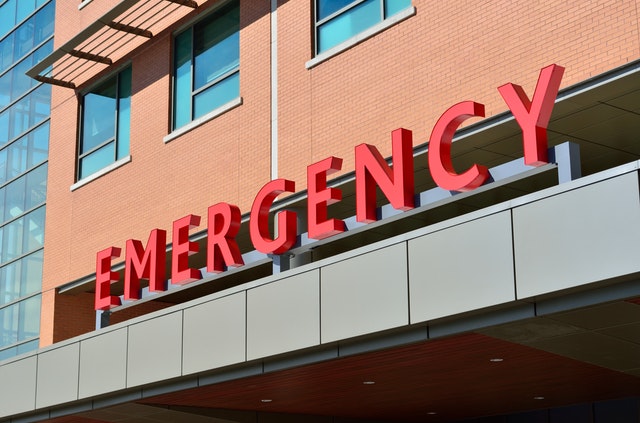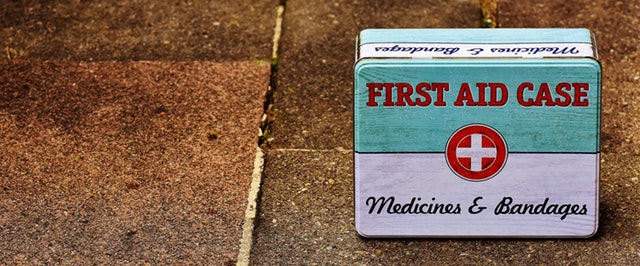5 Steps to Take if Your Home or Business has Experienced Hurricane Damage

Several regions of the United States are still trying to recover from recent hurricane damages, with seemingly no end in sight. With nearly two months left in hurricane season, we thought it appropriate to share some tips and advice regarding the appropriate steps to take after a loss.
Hurricanes Harvey, Irma, and Maria have left many homeless, causing devastation for anyone in their paths. Before Irma had even made landfall, Harvey’s damages were estimated at upwards of $180 billion, claiming the lives of 70 people. Unfortunately, many homeowners lacked the necessary flood insurance coverage, leaving them uninsured and unsure where to turn next.
Here are some tips for residents who have been affected by a hurricane or other natural disaster:
1) Assess and Document Damages
Once it is safe for you to return home, do so. Assess the damages and document everything, with either photos or video. Once damages have been recorded, take whatever measures are necessary to secure your home and safeguard against any further damages.
If your roof was damaged, place a tarp over it to prevent additional leaks. If rising water has caused flooding in your home, move personal property to safety and take measures to dry the area out. Keep records of time and money spent on these temporary repairs. Not only will this serve as proof that took action, many insurers will reimburse you for time and expenses.
Important: As part of the insurance contract, you are required to secure your home after a loss. Failure to do so could result in partial claim denial.
2) Notify Your Insurance Carrier Immediately
Gather all paperwork related to the loss and contact your insurance company or agent to submit a claim. If your area was hit particularly hard, this process could take some time. The insurance representatives are working tirelessly and are likely overwhelmed with the amount of work that requires their attention. Promptly replying to any questions and requests for documentation will help ensure you don’t find yourself at the bottom of your adjustors list.
3) Start a Claim Diary
Keep a diary of all important conversations, instructions, and contact information, regarding your claim. Make sure to include the date and time, name of the person you spoke with, and issues that were discussed.
4) Take Inventory
Take inventory of all your personal property that was damaged or lost due to the storm. If you had an inventory list already prepared, this will serve as a great tool and ensure nothing gets left out. If you have before pictures, provide before-and-after photos to your adjustor.
Check with your insurance adjustor before trashing damaged possessions. While proper protocol indicates you must show your claims representative the items before discarded, some local laws require immediate disposal for safety reasons.
5) Get Written Repair Estimates
While you are not authorized to order permanent repairs, it’s a good idea to get several written estimates from reputable contractors. Make sure each estimate includes an itemized list of materials used, prices, and labor costs.
As Florida residents, we understand all too well how stressful these situations can be. Following these five steps can help alleviate some pressure and help the entire claim process go smoothly. If you find you are not covered for some or all of your hurricane loss, the federal government may offer assistance. Visit DisasterAssistance.org for more information and to apply for aid.






